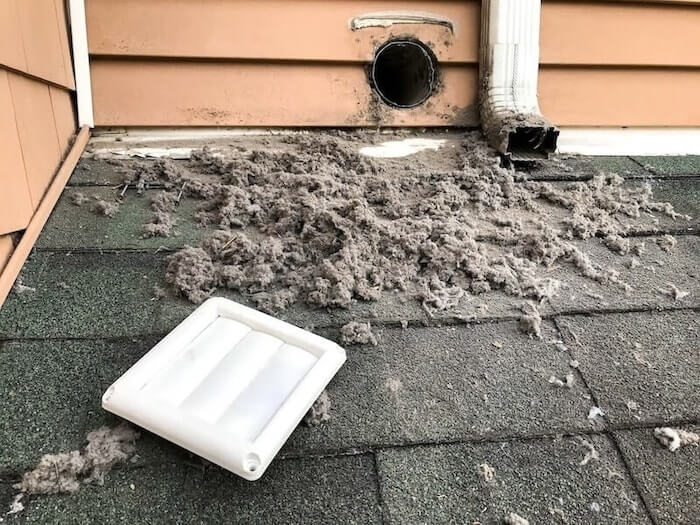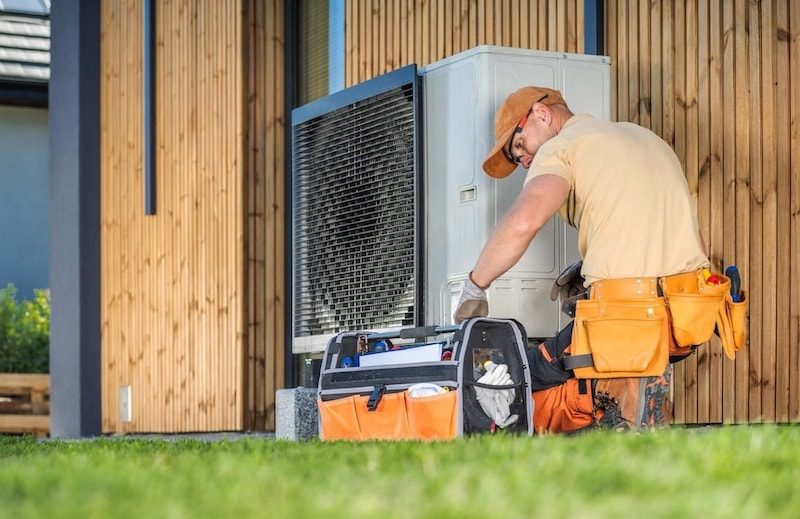Upgrading your HVAC system is one of the most effective ways to reduce allergens in your home and improve indoor air quality. Homeowners often overlook how much pollen, dust, and pet dander circulate through their air conditioning and heating systems. With targeted improvements recommended by trusted providers like Service Air Eastern Shore, it’s possible to tackle these issues at the source.
Simple changes, such as installing high-efficiency filters, upgrading to a whole-home air purifier, or adding advanced ventilation controls, can make a real difference in reducing home allergens with an HVAC. These upgrades are proven to capture and remove more airborne irritants than standard HVAC setups. For families dealing with seasonal allergies or asthma, taking these steps can lead to a noticeable improvement in daily comfort.
Understanding Indoor Allergens and Their Sources
Indoor allergens can originate from both living organisms and inanimate particles. Identifying what triggers reactions and where these come from is essential for choosing effective methods, including HVAC upgrades, to reduce home allergens.
Common Types of Indoor Allergens
Dust mites are microscopic insects found in bedding, furniture, and carpets. Their waste particles are a main cause of indoor allergies, especially in homes with high humidity.
Pet dander is made up of tiny flakes of skin from cats, dogs, and other animals with fur or feathers. These particles are light and easily become airborne.
Mold spores thrive in moist environments such as bathrooms, basements, or kitchens. They can spread through the air and trigger allergies or worsen asthma.
Other allergens include cockroach droppings and pollen that enters through open windows or is carried into the home on clothes and pets.
Sources of Allergens Inside the Home
Many allergens originate indoors. Poor cleaning habits allow dust and pet dander to accumulate on floors, upholstery, and surfaces. Humidity that is not controlled by HVAC systems can increase dust mite and mold populations.
Pets shed dander regularly, and their fur traps pollen and dust. Even clean homes contain some level of allergens, as airborne particles settle on surfaces and get trapped in HVAC ducts and filters.
Pollen and other outdoor allergens enter the home through open windows, doors, and on clothing or pets. Ineffective or clogged HVAC filters fail to remove these particles from the air.
Leaking pipes, improper ventilation, and damp areas provide an environment for mold growth. HVAC upgrades can help filter particles and regulate humidity, reducing the overall allergen load indoors.
Essential HVAC Upgrades for Allergen Control
Upgrading HVAC components is a practical approach to reducing allergens and improving indoor air quality. Key focus areas include filter selection, air purification, duct cleaning, and automated climate control.
Choosing the Right HVAC Filters
High-efficiency HVAC filters are essential for trapping airborne irritants like pollen, dust, pet dander, and mold spores. HEPA (High-Efficiency Particulate Air) filters capture at least 99.97% of particles as small as 0.3 microns. MERV (Minimum Efficiency Reporting Value) 13-16 rated filters are also recommended for allergy control, as they effectively reduce common indoor allergens.

Regular replacement of HVAC filters is critical. For homes with allergy sufferers, filters should be checked monthly and replaced at least every 2-3 months, or more frequently in high-use periods. The following table outlines common filter options:
| Filter Type | Recommended For | Efficiency |
| HEPA | Allergies, Asthma | 99.97% @ 0.3 microns |
| MERV 13-16 | General Allergen Control | 75%-95% @ 0.3-1.0 microns |
| Fiberglass | Large Particle Removal | Low (~20% @ 3-10 microns) |
Choosing a filter with a high MERV rating ensures removal of most allergens without stressing the HVAC system.
Integrating Air Purifiers with Your HVAC System
Whole-house air purifiers work in tandem with HVAC units to further minimize allergen levels. These systems are commonly installed in-line with existing ductwork and use electrostatic, UV-C, or activated carbon technology to capture or neutralize particles and odors.
Unlike portable purifiers, HVAC-integrated air purifiers continuously treat the air circulating throughout the home. Key benefits include efficient allergen removal, low maintenance, and coverage for the entire living space. HEPA and UV-C systems are most effective against biological contaminants, while carbon filters are better for gases and odors.
When selecting an air purifier, consider compatibility with the existing HVAC setup and its capacity relative to the home’s square footage.
Benefits of Regular Duct Cleaning
If you want to improve indoor air quality with an HVAC service call, one thing technicians will look at is your ductwork. Ductwork can accumulate dust, mold, pollen, and other debris over time. If ducts are not cleaned regularly, these contaminants can be reintroduced into household air, exacerbating allergy symptoms and reducing overall HVAC efficiency.
Professional duct cleaning involves the removal of accumulated material from the supply and return ducts, registers, and diffusers. For homes with persistent allergy issues, it is advisable to schedule duct cleaning every 3-5 years, or sooner if visible mold or extensive dust buildup is present.
Preventive measures, such as sealing duct leaks and ensuring proper insulation, also help maintain cleaner air. Clean ducts support the effectiveness of filters and purifiers, minimizing allergen distribution.
Optimizing Air Circulation with Smart Thermostats
Smart thermostats help control and optimize air circulation throughout the home by adjusting fan schedules and ventilation settings. For allergy control, it is beneficial to set the system to circulate air more frequently, rather than only during heating or cooling cycles.
Many smart thermostats have features like allergen alerts, humidity monitoring, and remote access. Maintaining relative humidity below 50% helps curb dust mites and mold growth. Smart scheduling increases air exchanges and can work in sync with advanced filtration or purification systems to boost indoor air quality.
Optimized airflow ensures that filtered and purified air reaches every room, significantly reducing allergen buildup and maintaining a healthier living environment.
Professional Maintenance and Support
Professional HVAC maintenance is essential for managing allergens, ensuring system efficiency, and extending equipment lifespan. Consistent support from trained technicians makes it easier to address problems quickly and properly.
Routine HVAC Maintenance Services
Routine HVAC maintenance services target components most likely to collect allergens, such as air filters, coils, and ductwork. Regular cleaning and replacing of filters remove dust, pollen, and other airborne particles. Coil cleaning prevents buildup that can harbor mold and bacteria, minimizing allergen spread.

A basic maintenance checklist often includes:
- Inspecting and replacing air filters
- Checking and sealing duct leaks
- Cleaning evaporator and condenser coils
- Calibrating thermostats
- Inspecting blower components and drainage
HVAC maintenance also detects issues early, like microbial growth or blocked vents, reducing the risk of allergen recirculation. A professional schedule—typically twice per year—helps keep indoor air quality high and systems running efficiently.
How Service Air Eastern Shore Can Help
Service Air Eastern Shore provides HVAC maintenance services tailored for allergen reduction. We offer air quality solutions that include professional filter replacement using high-efficiency products and perform detailed duct inspections to identify leaks and contamination. Their team is trained to clean accessible ductwork and remove dust and allergens safely.
Technicians from Service Air Eastern Shore can also recommend upgrades, such as HEPA filters, UV lights, or advanced air cleaners, and handle prompt installation. Contact Service Air Eastern Shore through our website or by phone for scheduled maintenance, one-time inspections, or consultations.
Support extends to detailed documentation and maintenance reminders, so homeowners know when service is due and what was completed at each visit. This approach ensures systems are kept in optimal condition for cleaner, healthier air indoors.





